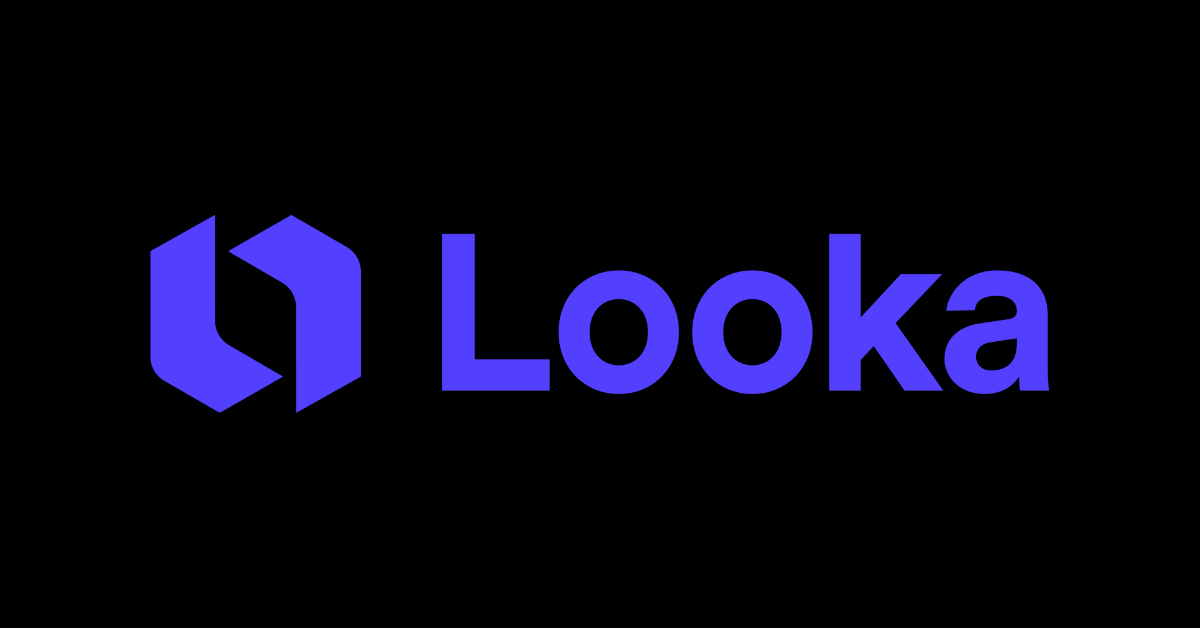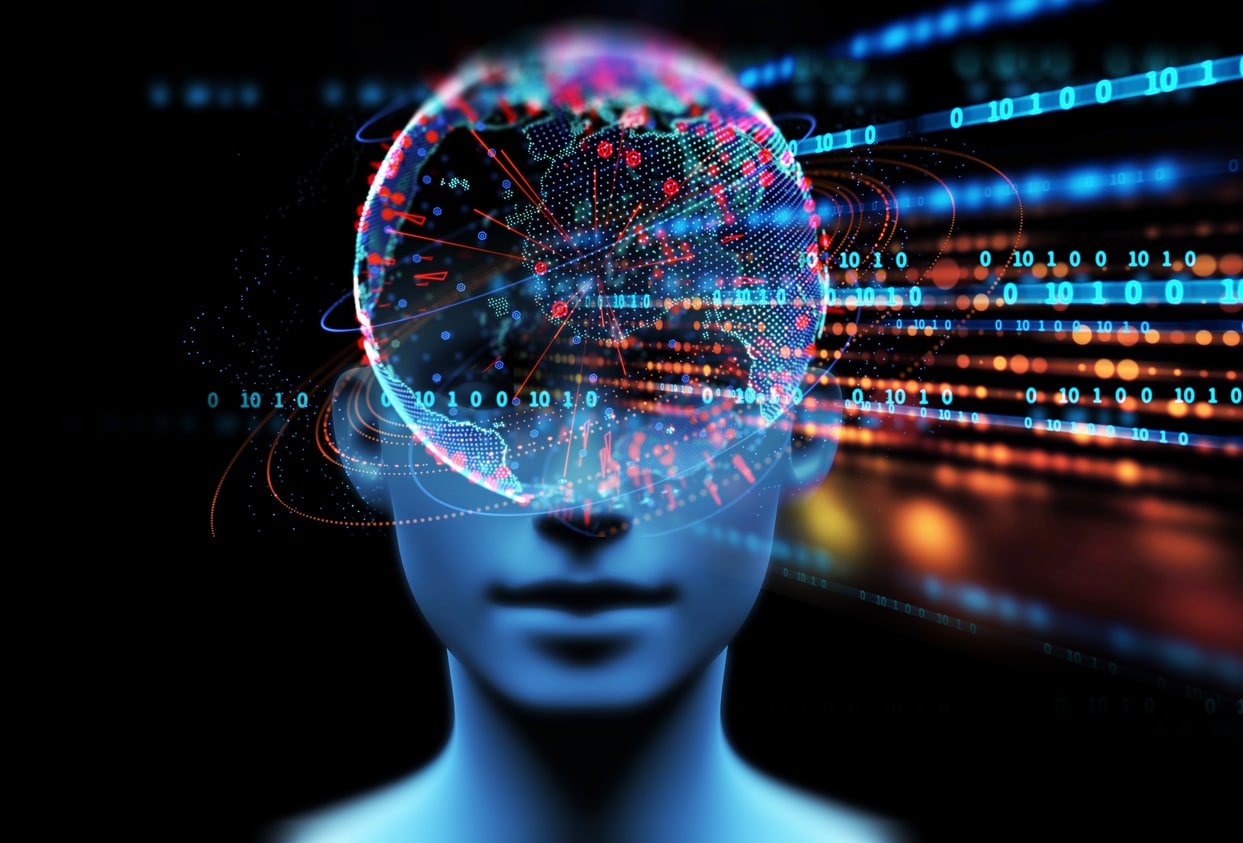Unleashing the Power of ChatGPT: A Revolution in Conversational AI
In recent years, the world has witnessed a significant advancement in the field of Artificial Intelligence (AI), particularly in the realm of chatbots. Traditionally, these virtual assistants have been criticized for their limited usefulness. However, a groundbreaking development has changed the game, introducing a chatbot capable of not only understanding and answering questions but also performing an array of tasks such as writing and debugging code, acting as a personal assistant, creating weight loss plans, offering mental health support, and even composing movie scripts. This revolutionary technology is known as ChatGPT, a cutting-edge language model developed and released by OpenAI on November 30, 2022.
The Birth of ChatGPT
OpenAI, a non-profit AI research organization founded in 2015 by visionary leaders such as Elon Musk and Sam Altman, is dedicated to advancing AI responsibly and safely for the benefit of humanity. ChatGPT, based on the Generative Pre-training Transformer (GPT) architecture, quickly took the tech industry and the internet by storm. Within just five days of its release, it garnered over a million users, surpassing the growth rates of popular apps like Facebook, Netflix, and Instagram.

Understanding ChatGPT
1. What is ChatGPT?
ChatGPT is a pre-trained language model utilizing deep learning techniques to generate human-like text. Trained on a massive dataset exceeding 40GB of text data, it boasts the ability to comprehend and generate diverse language expressions, from casual conversation to technical writing. The model can also be fine-tuned for specific tasks, such as answering questions, writing creatively, and summarizing text.
2. How does ChatGPT work?
ChatGPT employs unsupervised learning, reading through a vast dataset without specific labels or instructions to learn the patterns and structures of language. Its neural network, featuring multiple layers and an attention mechanism, takes a prompt or starting text and generates a response based on its learned data. The “Transformer” architecture, designed for handling sequential data like text, enhances its ability to focus on relevant information when generating responses.

3. Key Features of ChatGPT
- Conversational Communication: Capable of engaging in dynamic conversations, understanding instructions, and admitting mistakes.
- Sibling Model to InstructGPT: Responds to follow-up inquiries, acknowledges errors, and follows instructions in prompts.
- Versatility: Responds to a wide range of writing, including papers, math problems, stories, and can admit when it makes a mistake.
- Potential to Alter Search Engine Use: Beyond providing links, ChatGPT can offer answers to complex questions and assist in problem-solving.
Applications of ChatGPT
ChatGPT’s versatility opens the door to various applications, including generating responses to customer service inquiries, writing product descriptions, creative writing, creating chatbots, and summarizing lengthy text.

How ChatGPT Differs from Google
While Google excels in search functionality, ChatGPT surpasses Google’s capabilities in certain areas, such as creative writing tasks like playwriting.
Why ChatGPT is Famous
ChatGPT’s popularity stems from its accessibility to the general public without requiring advanced degrees in AI or computer science. Users can input prompts for various tasks and witness the model’s results, making it a user-friendly AI tool.

Limitations of ChatGPT
Despite its capabilities, ChatGPT has limitations, including:
- Lack of real-time output
- Inability to access external URLs for reference
- Absence of location-based capabilities
- Difficulty answering basic riddles
Despite these limitations, ChatGPT is already in use by various companies and organizations for diverse tasks, with ongoing developments for new applications.
In conclusion, ChatGPT represents a groundbreaking leap in conversational AI, offering a glimpse into the future of human-computer interactions. Its ability to understand and generate human-like text opens doors to countless possibilities, making it a powerful tool with the potential to reshape how we interact with technology.



